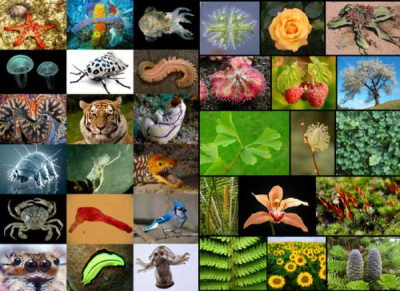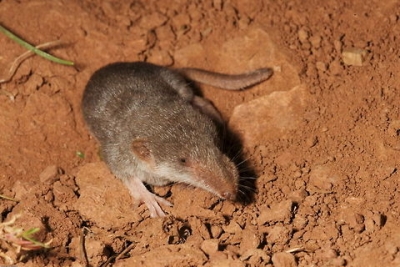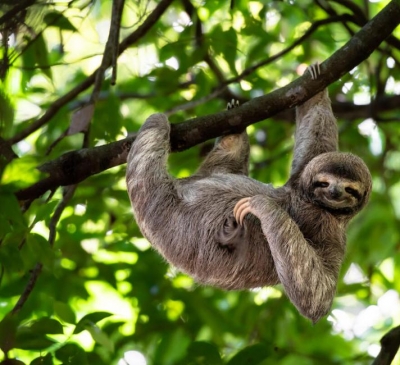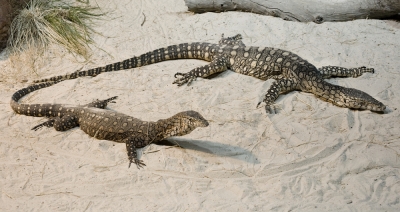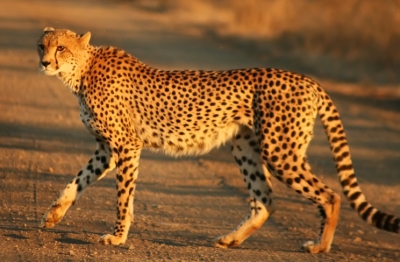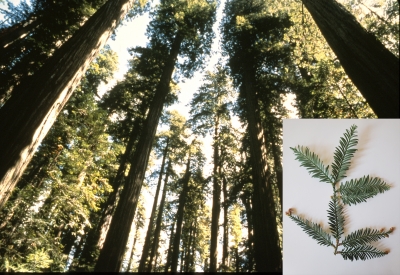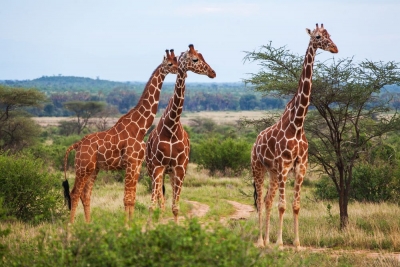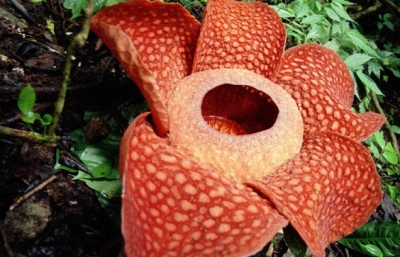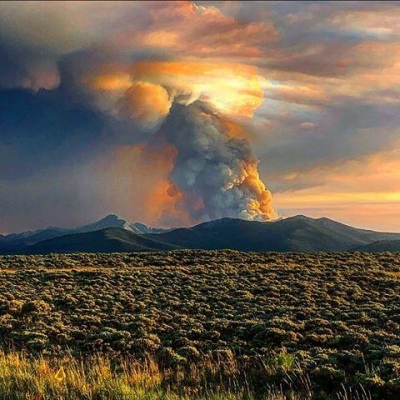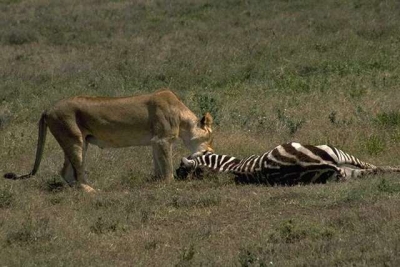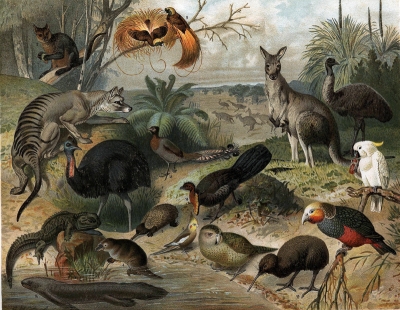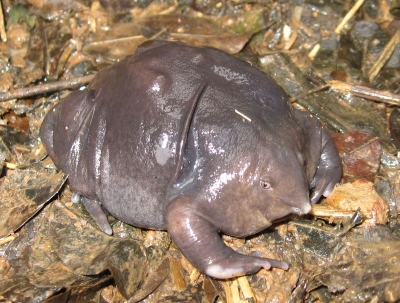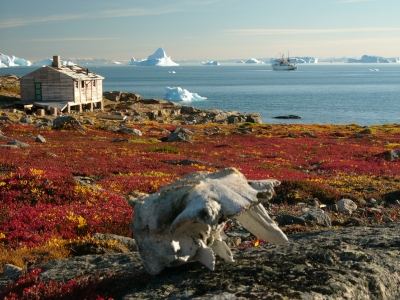On the trail of a snail?
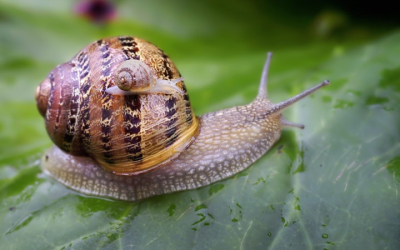
The discoveries highlight how little we know about the smallest organisms and their biology
In 2022, a new species of land snail was discovered in Vietnam. It is the smallest known land snail on Earth, measuring the size of a grain of sand the scientific name of the recont-holder is Angustopila psammion which is derived from the Greek word for "grain of sand In 2015, Aonella nana a land snail found in Borneo, held the record for the world's smallest land snail. The newly discovered species, a psammian has similar body dimensions but a smaller shell.
Another species. Angustopila coprologos was discovered in northem Laos and is slightly larger than a mammion. The shell of a coprologos is covered in pointy projections adorned with mud-like beads, which led researchers to speculate that it gathers fecal pellets on its shell to send biochemical information to other snails or to prevent drying out.
The discoveries highlight how little we know about the smallest organisms and their biology. The snails small size allows them to elude predators, but it presents challenges when producing eggs and fitting organs into their tiny bodies
There are some marine snails that are even tinier than these two newly discovered species. These sea snails can survive being so small because they do not risk drying out which is one of the primary downsides of being so small But as the size of a snall decreases, the ratio of its body's surface area to volume goes up making it easier for water to evaporate. As snails must extend their moist bodies antsude their shells to move, they are especially vulnerable to drying out.
This risk of drying out may limit the evolution of the smallest land snails to certain regions with a stable climate or specific habitats such as caves where Juunidity remains high all year round. Some manne snails eject eggs and sperm into the water column, where most development occurs. Researchers are eager to learn more about these snails, such as their diet and what preys on them. There could be ting mites or millipedes yet to be discoverest, that snack on the snails. Ants or pseudoscorpions could be potential predators as well.
The research highlights the importance of tabamong which is the process of describing new species and where they fit into the tree of life. Despite not receiving much publicity, it remains crucial for inology and other branches of science. Taxonomists certainly play a vital role in identifying plants. fungi and animals. Without them, the scientific community would not know what they are dealing with.
Picture Credit : Google
